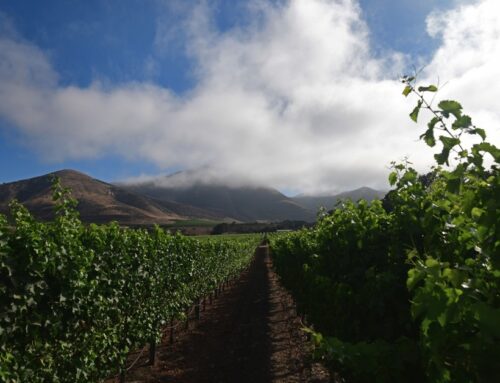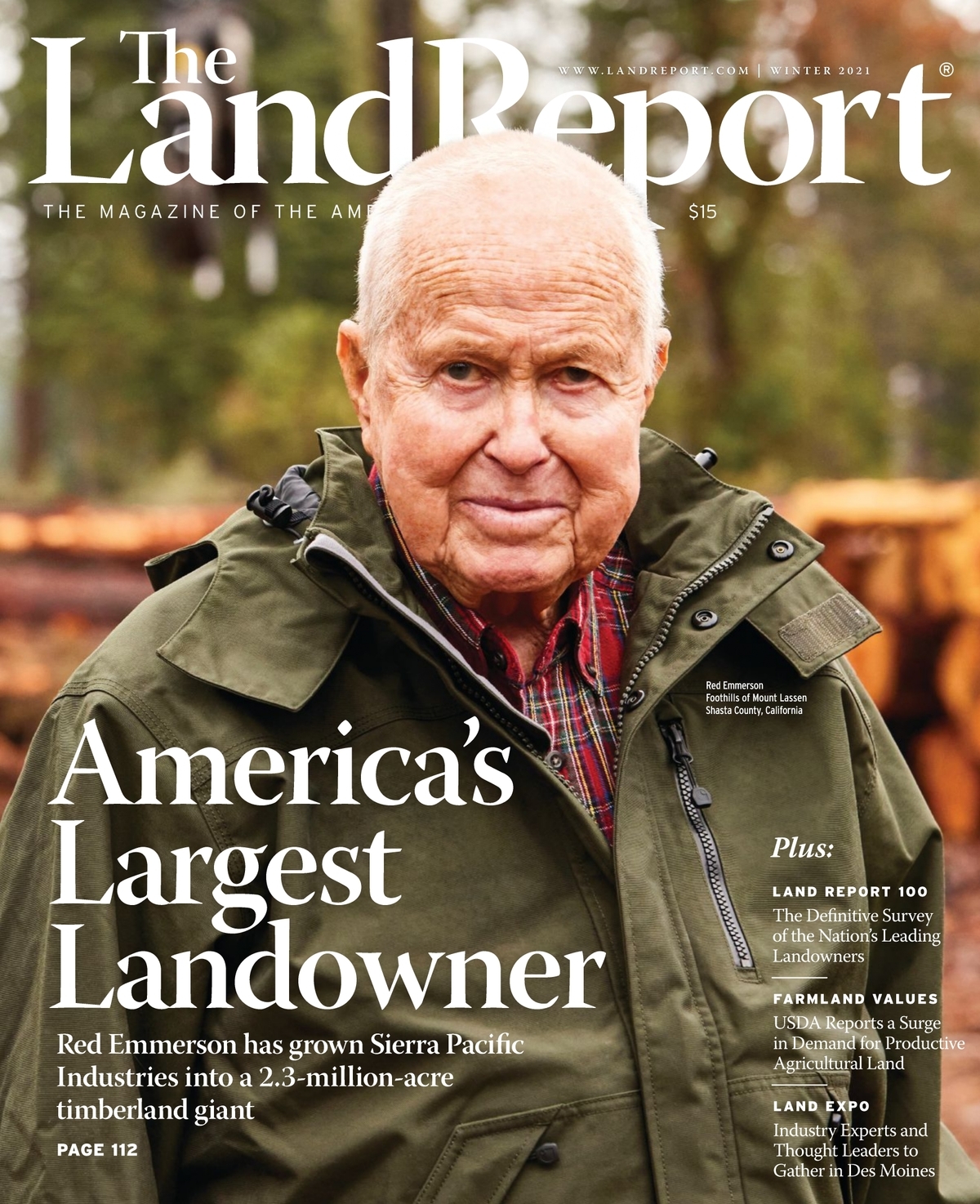Land Report Library: Marfa
Land Report Library: Marfa
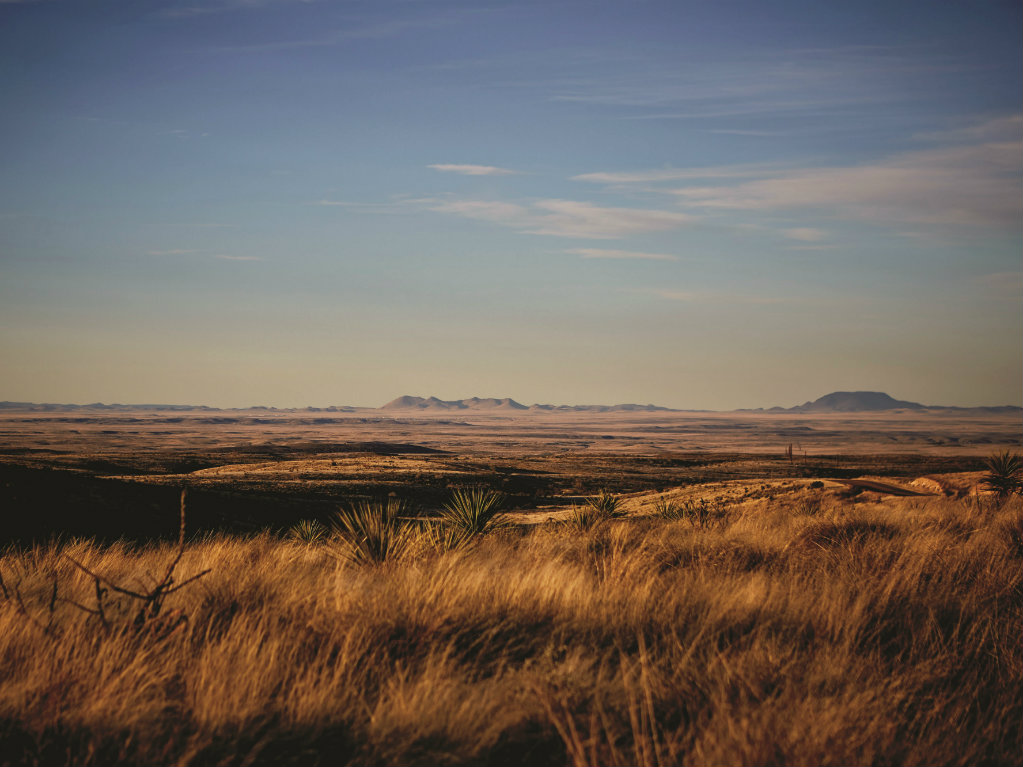
Marfa_fi
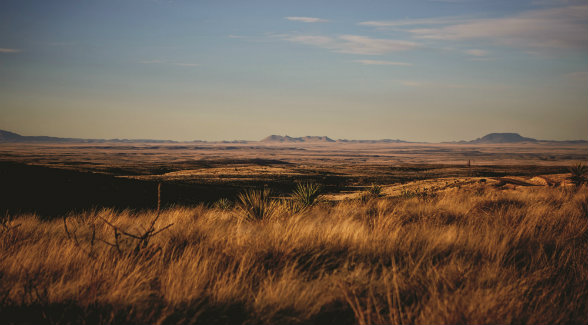
Land values in the Trans-Pecos have skyrocketed. In 1998, the median price for an acre of land was $95. In 2017, that same acre of land was selling for $690. And it sold in parcels that averaged 7,032 acres.
In her new book, Kathleen Shafer probes a Far West Texas phenomenon as improbable as the mysterious Marfa Lights.
Text by Kelly McGee | Photography by Gustav Schmiege III
Marfa is more than a trendy town. It has morphed from a pokey county seat into a global brand. Some see it as an art mecca. Others as an international intersection. Think “Last Best Place.” This aura has only been enhanced by the movies and TV shows shot there.
Yet none of these descriptions accurately convey the coming of age of this small town with the big vistas. Give Kathleen Shafer credit for dissecting Marfa’s rise from the ashes and sharing with readers a cogent explanation of how and why Marfa came to be what it is today.
For more than a century, Marfa was the thriving capital of a cattle kingdom that spanned hundreds of thousands of acres of Far West Texas. But the gradual fragmentation of the great ranches took its toll, and by the early 1970s, the local economy was on life support.

From 2013 to 2017, the annual compound five-year growth rate for rural land values in the Trans-Pecos was a robust 13.88 percent, according to the Real Estate Center at Texas A&M.
Marfa’s desolate landscape became Judd’s ultimate canvas. Its many empty buildings became studios for his works and the works of artists whom he admired such as Dan Flavin and John Chamberlain. Odd though it may seem, by seeking to escape to nowhere, Judd and his artwork actually created somewhere.
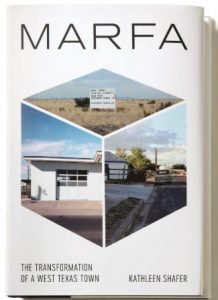 Some locals were definitely put off by the arrival of Judd and Co. More than likely, however, they resented the fact that he snapped up much of downtown (16 buildings) and purchased a local landmark, the old Army base, Fort D.A. Russell.
Some locals were definitely put off by the arrival of Judd and Co. More than likely, however, they resented the fact that he snapped up much of downtown (16 buildings) and purchased a local landmark, the old Army base, Fort D.A. Russell.But the truth is the locals had little choice but to embrace or at least tolerate Judd. The economic impact of his artistic enterprise was the only thing keeping the town alive.
Judd’s zeitgeist did, however, appeal to outsiders like Tim Crowley, a Houston litigator who moved to Marfa in 1997. Two decades later, Crowley opened the 55-room Hotel St. George. His chic hotel is one of hundreds of investments by out-of-towners that have bolstered local tax rolls and expanded the tourism trade.
As one Marfa resident put it, “Crowley gave us a place to be cool. He gave us a place to hang out. He brought his rich friends. He invested money.” Success breeds success, which is why films such as No Country for Old Men and There Will Be Blood led to TV shows like I Love Dick. Marfa is now an experience that visitors can enjoy as they choose, be it as a hipster, an urban refugee, or an artist on a mission.


